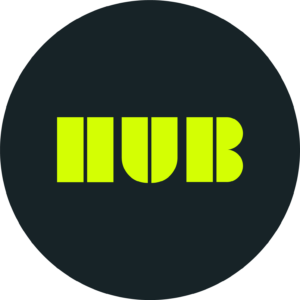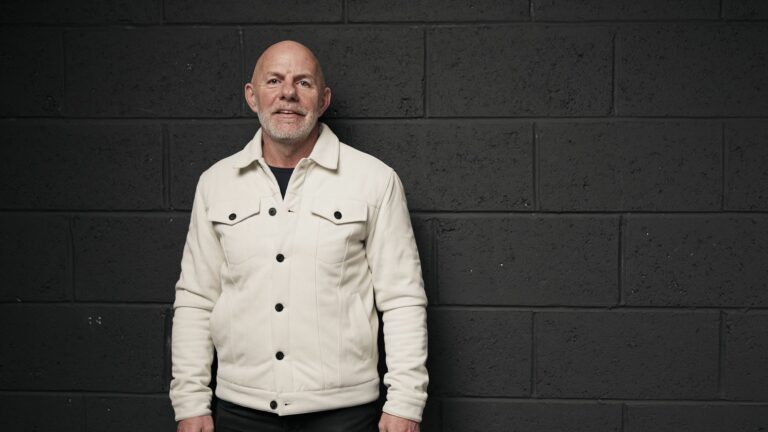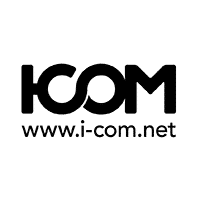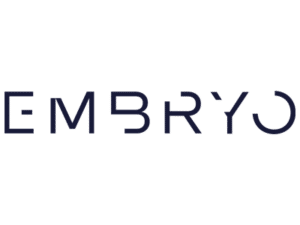Chris Hudson, co-founder and Chairman of integrated agency HUB, is a seasoned marketer with decades of experience in traditional marketing. Since establishing HUB in 2007, he has been at the forefront of the agency’s drive to blend traditional and performance marketing strategies for a range of clients including CareCo, La Redoute, Strachan and 247 Blinds. In this piece, he challenges the myth that traditional media is too expensive and explains how brands can successfully integrate TV, print, and OOH advertising with their digital campaigns.
One of the biggest myths surrounding traditional media is that TV and out-of-home (OOH) advertising are too expensive. In my view, this perception needs to be challenged.
The reality is that the landscape has shifted significantly. As the digital space becomes increasingly saturated and competitive, traditional media owners are more open than ever to collaborating with brands and agencies.
Lots of clients come to us when they feel they’ve maximised their digital spend and are no longer seeing a growing return on investment. They need to generate brand awareness – and this is where the effectiveness of traditional media comes into play. Print campaigns, OOH billboards and TV advertising are still key tools in the marketing mix.
Restoring faith in the traditional
Some of the most challenging clients to work with are those who have previously had negative experiences with traditional media. Often, this means they had a strong media planning strategy in place, but the creative execution of the campaign fell short, failing to deliver the results the planners had anticipated.
If you’ve had this kind of experience in the past, I completely recommend having an open and honest conversation with your agency to ensure your next campaign is set up for success. Remember, traditional media doesn’t have to be daunting – it’s an incredibly powerful tool to support your business growth.
Here are some tips to help you execute a successful campaign:
1. Consider your audience
It’s a cliché that rings true – put yourself in the customer’s shoes. There are countless ways to analyse how your audience consumes media, from high-level data tools to Nielsen reports. However, sometimes the most effective approach is also the simplest: just speak to your customers. Whether through a questionnaire or a direct phone call, engaging with them will give you invaluable first-hand insight into their media habits.
For example, I know that my dad probably watches around 10 hours of daytime TV each day and buys the Daily Mail on Saturdays. If I wanted to reach him, TV sponsorship and print media would be the way to go.
2. Keep an eye on the market
Never lose sight of the market around you or the sector you operate in. It’s crucial to stay informed about competitor activity and use insights from parallel brands as benchmarks for your own strategy. Even if a brand isn’t a direct competitor but targets the same audience as you, take note of the tactics they’re using and consider how they’re managing to capture attention.
3. Always track ROI
Wouldn’t it be ideal to live in a world with perfect attribution models that are 100% accurate? As much as media planners would love that, it simply doesn’t exist. While we do build attribution models that play a key role in understanding planning and return on investment, digital campaigns will almost always receive a greater share of the credit.
So, what does this mean for agencies and media planners? My advice is to trust in your agency’s expertise and intuition to interpret data effectively and drive meaningful ROI. At HUB, our data strategists, media planners, and performance marketers work closely together to ensure every campaign is optimised across both traditional and digital media channels. Involving every department from the outset ensures alignment – and makes it far easier to deliver strong results for our clients.
4. Be smart with creative budgets
Traditional media can come with a price tag that many brands – particularly those rooted in the eCommerce space – find daunting. Unlike a PPC campaign, you can’t simply switch off a print ad if the results aren’t immediate. Likewise, producing a paid social asset is typically far cheaper than creating a TV advert.
Our solution is to ensure clients get the maximum value from their creative assets by making them work across both digital and traditional platforms.
It’s also worth noting that not every traditional campaign requires brand-new creative to drive results. At HUB, we often repurpose existing assets for clients looking to test the waters with TV advertising or sponsorship. Sometimes, it’s as simple as editing existing footage and adding a voiceover in our creative studio, before sending it directly to Clearcast for approval. We’ve completed this process in as little as six days for a client before – from brief to delivery. It’s cost-effective, quick, and removes barriers to entry.
The power of alignment
As mentioned earlier, the relationship between digital and traditional campaigns is crucial, and incredibly powerful when it comes to effective storytelling. Tone of voice, messaging, even the models featured in your TV and digital ads – consistency across these elements ensures your audience receives a unified message across multiple touchpoints.
This becomes even more impactful when your creative strategy aligns seamlessly with your media planning, all rooted in a well-defined brand strategy, personality, and values.
What I’m really trying to say is that traditional and performance media are not in competition, and it’s reductive to view them as such. By using traditional media to increase your share of voice and direct your audience’s attention, prompting them to search for specific terms, you can actually help reduce your cost-per-click and improve the overall performance of your digital campaigns. I fully believe that this is the way successful marketers will navigate an increasingly fragmented media landscape in the years to come.














